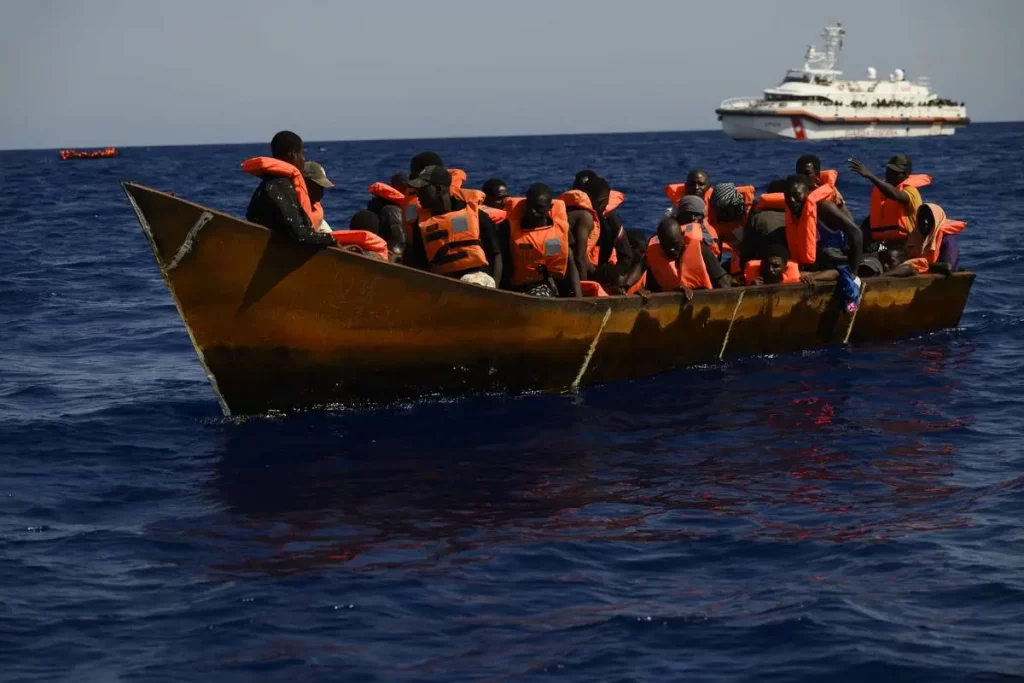A tragic incident took place near the Italian island of Lampedusa, where a migrant boat sank while making its way from Libya. The boat, which was carrying several people, capsized in the early hours of Tuesday morning, leaving at least 20 people missing. Seven survivors were rescued, including an 8-year-old Syrian boy who was traveling with his mother. Sadly, the boy’s mother is among the missing.
The boat had set off from Zuwara, a city in western Libya, on Monday night. It was attempting to cross the central Mediterranean, one of the most dangerous migration routes in the world. The boat was caught in rough seas, which led to the tragic sinking. Survivors of the incident reported that among the missing were five women and three children, highlighting the vulnerability of families attempting the perilous journey.
Lampedusa’s mayor, Filippo Mannino, expressed his heartbreak over the incident. He said, “They didn’t make it to shore. Knowing they were so close is even more heartbreaking.” The survivors are being cared for by local authorities, but the loss of life has shocked the community and raised questions about the dangers faced by migrants in the Mediterranean.
The central Mediterranean route, which links Libya to Italy, has been a major pathway for migrants fleeing conflict, poverty, and instability in countries like Syria, Afghanistan, and various parts of Africa. However, this route is also known for its high risks. Over the years, thousands of migrants have lost their lives attempting to make the crossing. The International Organisation for Migration (IOM) reports that nearly 24,500 people have died or gone missing since 2014 while trying to cross this dangerous stretch of water.
Despite efforts by Italy and other European countries to stop the flow of migrants, many continue to risk their lives in search of a better future. The harsh conditions in Libya, where migrants are often detained in overcrowded and unsafe conditions, push many to take these dangerous journeys. For many, the Mediterranean represents the last hope of reaching Europe, where they hope to find safety and a chance at a new life.
In response to the growing number of migrant deaths, Italy has been working with other European nations to strengthen border controls and provide more resources for rescue operations. However, these measures have not been enough to stop the deadly crossings. Many migrants still rely on smugglers, who charge large sums of money for dangerous and overcrowded boat trips, often abandoning them when disaster strikes.
The Lampedusa boat sinking is just one of many tragic incidents in the Mediterranean in recent years. Despite the dangers, migrants continue to make the journey, driven by the hope of a better life in Europe. As the search for the missing continues, the incident serves as a grim reminder of the risks that migrants face every day as they attempt to reach safety.
The loss of life in the Mediterranean is a crisis that requires urgent attention. More needs to be done to prevent these tragedies and to provide safer alternatives for those fleeing conflict and hardship. Until then, the central Mediterranean route will remain one of the deadliest paths for migrants seeking a better life in Europe.

